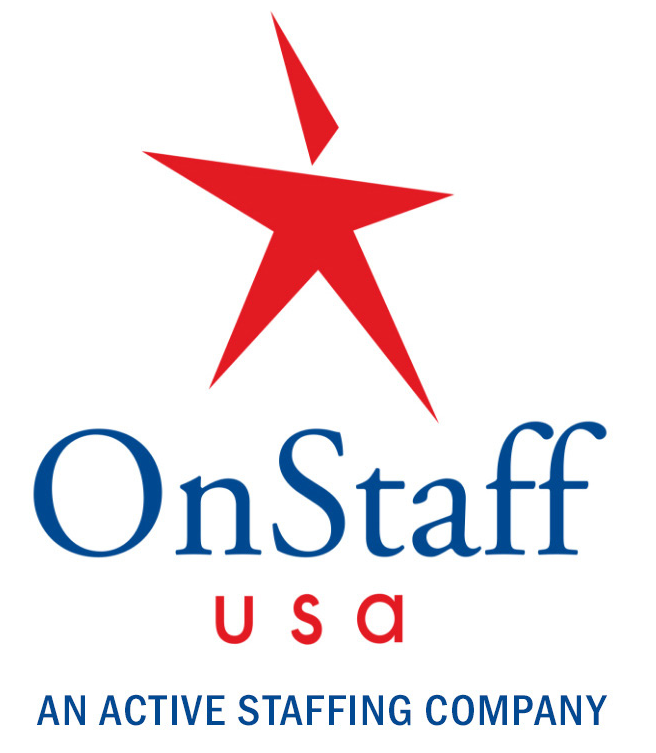
Setting up new employees for success is a vital human resource task. Ensuring that your new staff member has all of the possible tools to do well allows for an easier transition and more productivity. Onboarding staff appropriately can also save money, as constantly replacing staff costs time and money.
Set up get to meetings with key colleagues. Relationships are an important component of work life. As a manager or supervisor, you can assist your employee in making a good first impression by introducing them to key people. As part of the introduction, give them context about the colleague’s role within the team and how they may work together. Showing enthusiasm about your new employee to existing staff can also help with the transition process, along with the encouraging veteran staff to help me the new team member feel welcome.
Layout expectations and information about company culture and policies. Spending some time acclimating new staff to history, culture, expectations, and policies can prevent awkward moments later on. Educating your new employees about the organization’s values, or even quirks, helps new people to hit the ground running while minimizing missteps. It’s also a very good time to discuss policies so that new staff understand necessary rules and are more prepared to follow them.
Support the new employee in creating short-term goals. While you may wait until the employee is more acclimated to discuss annual goals, having a few “quick wins” ready to go allows new people to get started productively and helpfully. When managers don’t have a short-term work plan, new employees can feel confused and bored. You’re also missing out on weeks of productivity. Spending a little bit a time making a plan and sharing that plan with the new employee can make the onboarding process more effective.
Share resources. As an experienced staff person and manager, you have a wealth of both formal and informal resources. Before your new employee begins, spend some time thinking about what they will need to get started. To do this, you might think about what you would have like to know when you started. Or you might browse through old files and find useful information. Not only are your preparing the employee for success by sharing resources, but you are also showing them that you care about their success.
Be clear about reward systems. Though it is important for the new employee to focus on succeeding in their current position, it is also helpful to know a little bit about possible next steps for career planning. Being as transparent as possible helps prevent incorrect assumptions about promotions, raises, and bonuses, which can lead to unnecessary issues. While employees should not expect you to share a “roadmap to a promotion” it’s useful to remember that most professional has an idea of a long-term plan for their career. If the employee sees a path for growth, they are more likely to be invested and stay with the company.
A little forethought and planning can go a long way in helping a new employee be successful. Your staff’s success is your success, so getting a new employee off to a good start will benefit everyone involved.
